Written by Sarah Stouffer-Lerch
In 1908—28 years after Alice Townshend became the first woman to graduate from the university—the first women’s dorm, Oxley Hall, was built. Architect Florence Kenyon Hayden Rector, who attended the University from 1901-1903 and studied under University Architect Joseph Bradford, was hired to design the dorm with his strong recommendation. Despite her considerable expertise, the Board of Trustees demanded Kenyon Hayden work with Wilbur T. Mills: the Board thought a man should also be involved with the project. According to the History of Oxley Hall by Martha Reinhold, Kenyon Hayden ended up doing most of the architectural work herself since neither she nor Mills could get along.
Oxley Hall housed 60 women despite the 600 women enrolled in courses at the time. As one monthly newsletter from October of 1909 put it: “[W]e are desperately in need of more Oxley Halls.”
Oxley Hall—also referred to as the Women’s Dormitory, the Girls’ Dormitory, the Woman’s Building, and the Ladies Dorm—became both a social hang-out and rallying point for university women. Oxley Hall housed the Woman’s Council, an organization whose main goal was to “bring girls together.” The first meeting of the Woman’s Council, in fact, was held primarily to discuss fixing up the Gab Room. Each woman was to donate 25 cents each year for that purpose. In addition to planning events like the Co-Ed prom, the Council engaged in activities to ensure that “out of town” women and women who were new to the University felt welcomed.
Unfortunately, this hospitality did not extend to all women. Oxley Hall, like all dormitories on campus at the time, was not open to students of color. The construction of Mack Hall, the second women’s dorm, occurred in 1922. This coincided with a growing number of students of color entering the university, who pushed to be allowed to live in the dorms. Even still, it wouldn’t be until after WWII that dorms became integrated. Oxley Hall last housed students in 1966—a year before former president Novice G. Fawcett’s administration sold the “below standard” building to the University Research Foundation.
Editor’s note: Florence Kenyon Hayden Rector (maiden Kenyon Hayden) designed Oxley Hall after 27 days of solitary work. She went on to be a renowned architect in Ohio, as well as being the first woman with an architecture license in the state. (O. W.)


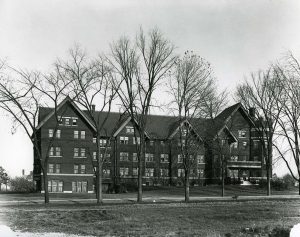

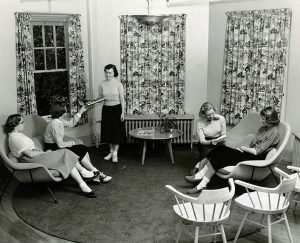


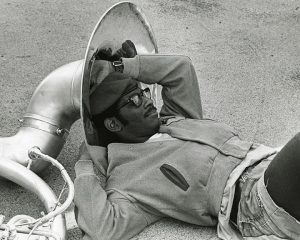


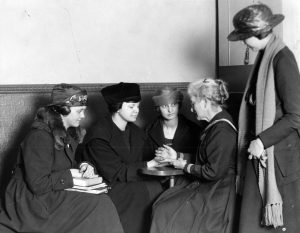
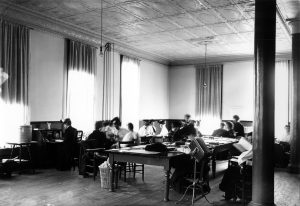

Recent Comments